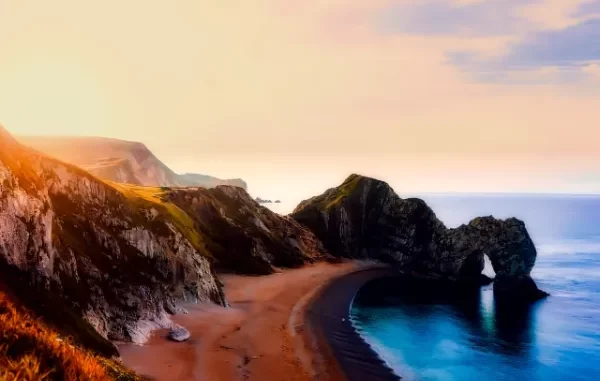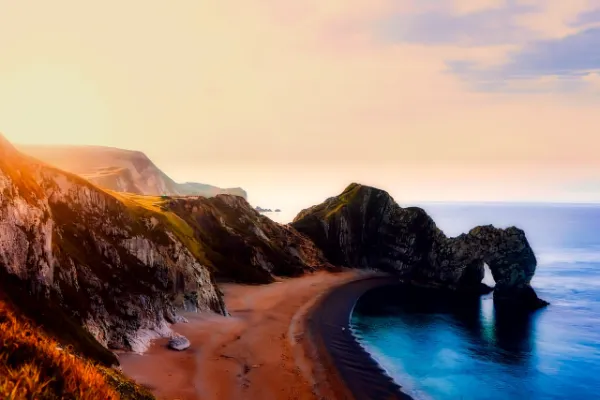
Navigating the Depths: Fascinating Facts About the English Channel
Introduction: The English Channel, a narrow body of water that separates southern England from northern France, is more than just a maritime boundary; it’s a vital conduit with a rich tapestry of history, geology, and unique ecological features. As one of the world’s busiest shipping lanes, the English Channel has played a pivotal role in shaping the destinies of nations and remains a testament to the dynamic forces that govern our planet.
Here are some Facts About the English Channel:
1. Channel Crossing and Swimming Feats: The English Channel has long been a subject of fascination for adventurers and athletes alike. The first recorded successful swim across the Channel was achieved by Captain Matthew Webb in 1875, a feat that set the stage for a challenging yet coveted open-water swimming tradition. Today, swimmers from around the world attempt the crossing, navigating treacherous tides and cold waters, with the fastest recorded swim completed in just under seven hours.
2. Geological Marvel: Geologically, the English Channel is a relic of the last Ice Age when melting glaciers caused sea levels to rise, creating a channel that once connected the British Isles to continental Europe. The chalk cliffs of Dover, iconic sentinels on the English side, stand as enduring evidence of this ancient geological process. The underwater landscape is dotted with sandbanks and depressions, forming a unique and dynamic seascape that challenges sailors and navigators.
3. Strategic Significance: Throughout history, the English Channel has been a strategic waterway with immense military importance. Its narrow expanse made it a natural defensive barrier, influencing the outcomes of conflicts such as the Napoleonic Wars and World War II. The coastal towns and fortifications that dot the channel’s shores are a testament to its role in shaping the military history of Europe.
4. Biodiversity and Marine Life: The English Channel is a thriving ecosystem teeming with diverse marine life. Its nutrient-rich waters support a variety of fish species, making it a crucial area for commercial and recreational fishing. Seals and dolphins are also common sights, and the channel is an important migratory route for various bird species. Conservation efforts in recent years aim to protect the unique biodiversity of this vital waterway.
5. Tunneling Under the Channel: In a testament to human engineering prowess, the Channel Tunnel, also known as the Chunnel, was completed in 1994, connecting Folkestone in England to Coquelles near Calais in France. The tunnel, stretching over 23 miles, accommodates both passenger and freight trains, providing a subterranean link that complements the maritime traffic above. The Chunnel stands as a symbol of modern connectivity and efficient transportation.
Channel Chronicles: Unveiling the Intriguing Facts About the English Channel

The English Channel, a narrow strait that separates southern England from northern France, boasts a plethora of fascinating facts that contribute to its historical, geographical, and ecological significance. Geologically, the channel is a remnant of the last Ice Age, formed as melting glaciers caused sea levels to rise and create a submerged land bridge.
The iconic white cliffs of Dover, composed of chalk, stand as a striking geological feature on the English side, offering a picturesque testament to the region’s ancient history. The channel’s geological makeup and unique underwater topography, marked by sandbanks and tidal flows, create a challenging environment for sailors and swimmers alike.
Strategically, the English Channel has played a pivotal role in shaping the course of European history. Its narrow width made it a natural defensive barrier, influencing military campaigns throughout the centuries. Notably, during World War II, the channel served as a critical theater of operations, with the evacuation of Dunkirk in 1940 and the subsequent D-Day landings in 1944 showcasing its military importance.
Today, the channel remains a busy maritime route and a symbol of interconnectedness, with the Channel Tunnel, an engineering marvel, linking England and France beneath its waters. The rich tapestry of history, geology, and contemporary significance makes the English Channel a dynamic and integral part of European heritage.
Conclusion: The English Channel, with its multifaceted significance, stands as a conduit not only between nations but also through time. From geological shifts to maritime adventures, military strategies to ecological wonders, the channel continues to be a dynamic force that shapes the narratives of those who traverse its waters. As a meeting point of history, nature, and human ingenuity, the English Channel remains a captivating and integral part of Europe’s story.
Leave a Reply